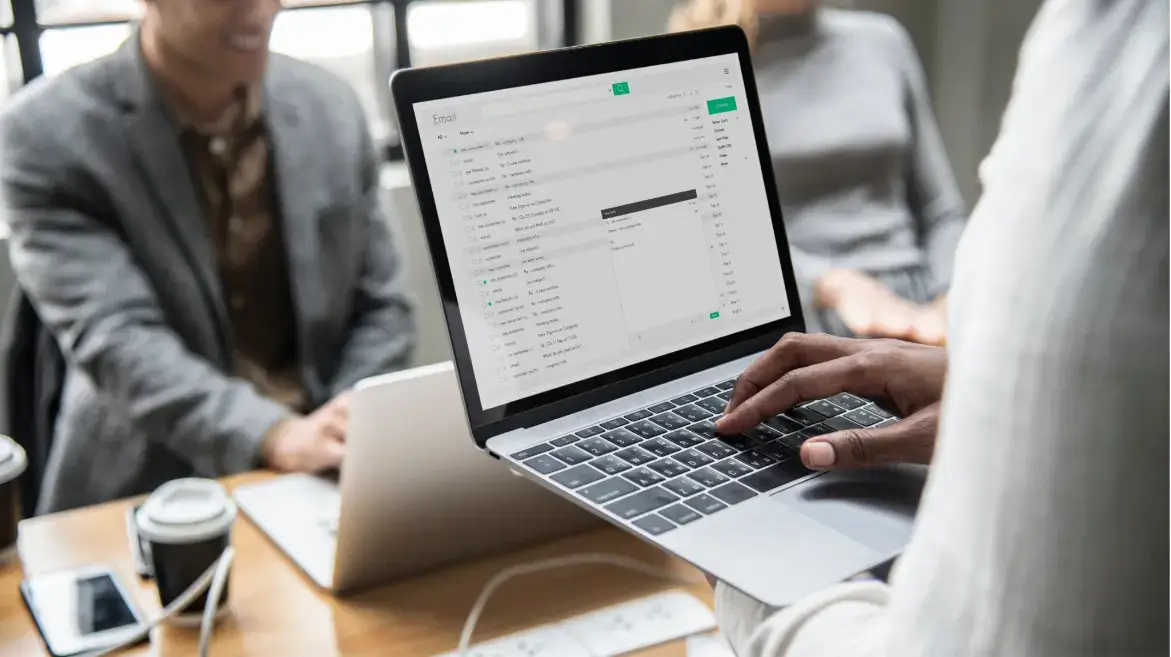Want to know what makes a good email? You’re in luck because today, we’re covering 16 simple tips you can implement to craft professional emails for your target customer.
If you’re ready to learn how to create an email campaign that converts, you won’t want to miss this article!
Let’s begin! ✅
16 Email Marketing Campaign Tips That Convert
- It’s targeted
- It’s segmented and automated
- It‘s personalized to the specific recipient
- You have a good reason for sending it
- It’s value-based
- It’s backed by social proof
- It includes trust elements
- It has a call to action (CTA)
- It has a compelling email subject line
- It has a professional email signature
- It includes engaging visuals
- It’s optimized for mobile
- It’s part of a bigger picture/goal
- It ties into your overarching content marketing strategy
- It’s A/B tested
- It’s proofed
1. It’s targeted
Point your cold email toward a specific target audience with a particular problem.
That’s why it’s crucial to understand your audience and define your objective: What are their interests, challenges, and needs? How can you help them better than your competitors?
For instance, if you’re targeting college students who struggle to find student loans (1.73 trillion), addressing how to secure private student loans with fair interest rates would be a crucial part of your message.
To make complex information more digestible for your recipients, consider including an FAQ list and explainer blurbs from your website in your email body, like this one:

And this one:
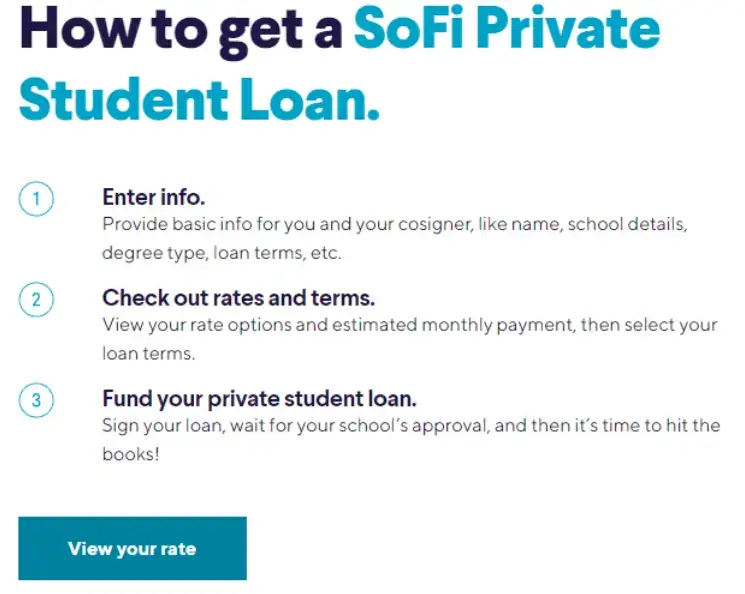
Pro-Tip: Use an email verification tool to ensure all the email addresses on your campaign list are correct and active!
2. It’s segmented and automated
Utilize the segmentation capabilities of marketing automation software to categorize recipients based on core needs, interests, and behavior, allowing for highly targeted and relevant email content.

For instance, let’s say you’re targeting dog owners and want to segment based on individual group needs within your audience.
In this case, you might have an audience segment that needs information about American Bulldogs; another that’s interested in details about Maltese dogs, and a third that wants information on English Cocker Spaniels.
By keeping these email threads separate, you can do your due diligence to cater to each segment’s core needs and prevent sending irrelevant content.
If you have a small audience, you can use your CRM to manually set up separate email lists and then send targeted bulk emails to each list.
You can save time adapting your email content to various audience segments (and in their respective languages) by using an AI writer.
Simply prompt the AI writer to vary the content like this:
“Please rewrite the following email in French. Please focus on our American Bulldogs audience segment by covering <Insert facts/details about American Bulldogs your audience wants to know here>.”
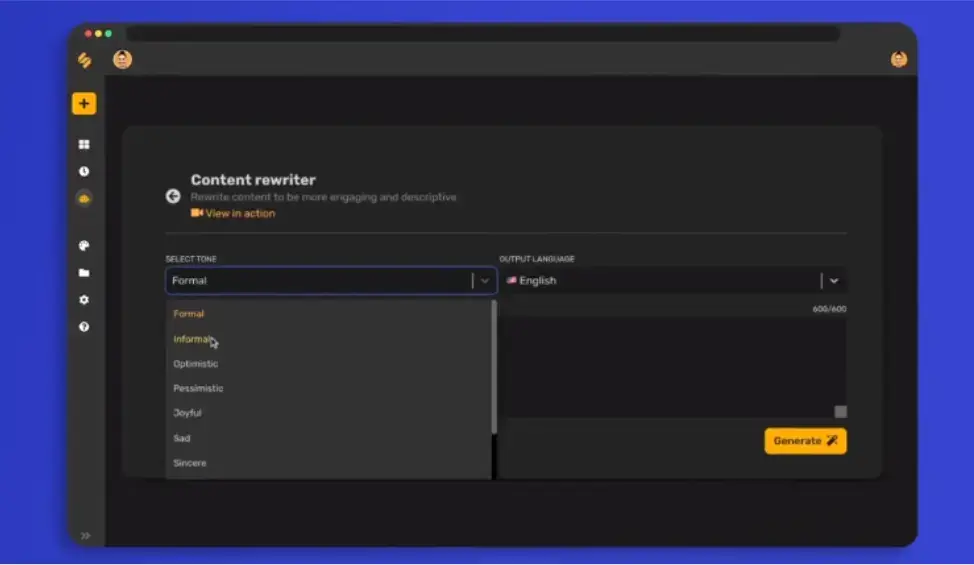
We also recommend initiating automated drip campaigns that deliver emails over time, so you can nurture leads and guide them through the customer journey.
3. It‘s personalized to the specific recipient
Beyond tailoring your emails for each segment, we recommend using your marketing automation software to auto-personalize your email content for each recipient.
With the right tool, you can:
- Address the recipient by their first name
- Leverage data and behavioral insights to provide personalized product recommendations
- Write in your recipient’s ideal messaging style
- Reference a specific web page, shopping cart, or product they viewed in the past
4. You have a good reason for sending it
Never send random emails to your customers and prospects. If you’re going to send a campaign, make sure you have a clear email message and a good reason for sending it.
For instance:
- You’d like to teach them something or share an informative article
- You created a specific offer or new product with them in mind
- Do you have important news or updates to share?
- You’d like to build a meaningful connection with them by covering content and topics they deeply care about
5. It’s value-based
And speaking of having a good reason for sending an email, include value-based content in your campaigns.
That might mean:
- Sharing a hard life lesson
- Sending a recipient a coupon for an expensive item they’ve been eyeing
- Sharing helpful tips and guides
CoinLedger offers readers who are interested in their guide on filing crypto taxes using TurboTax a free preview tax report by sharing their email.
Not only is this a great lead magnet, it’s also a great way to share relevant and useful information with site visitors.
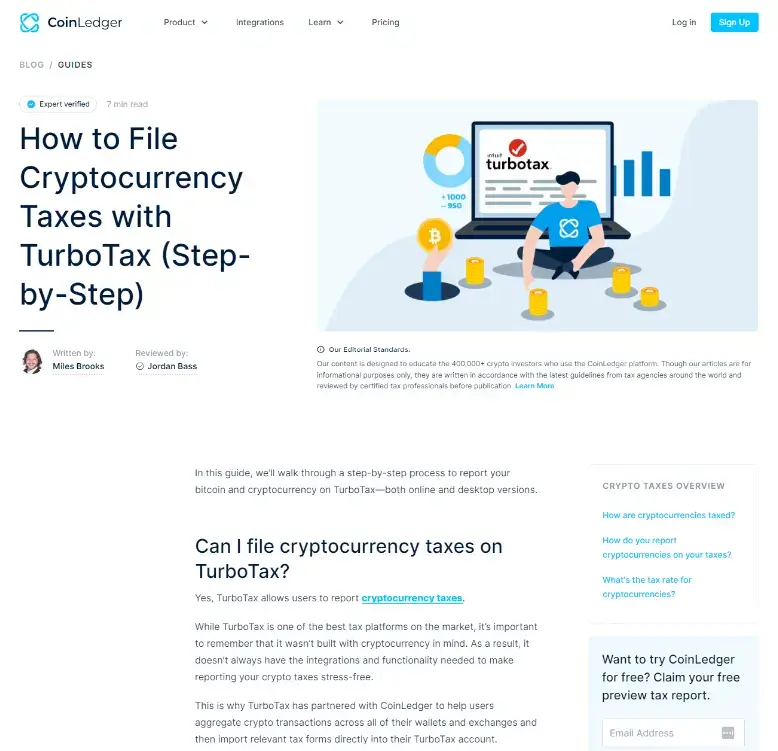
6. It’s backed by social proof
Build trust and capitalize on social proof by weaving in relevant testimonials, ratings, reviews, and real customer stories.
(See an example in Tip #11!)
7. It includes trust elements
Show off your brand’s unique expertise by having trust elements, such as “our solution is trusted by over 11,000 freelancers worldwide” or “as seen in the NY Times,” for example.
8. It has a call-to-action (CTA)
Include a clear and concise call-to-action that guides recipients toward the desired action you’d like them to take.
That might mean filling out a contact form, purchasing, or signing up for a webinar.
CTA examples:
- “Buy your skincare set.”
- “Get your webinar ticket here.”
- “Sign up for exclusive updates.”
9. It has a compelling email subject line
Craft attention-grabbing subject lines that pique recipients' curiosity and encourage them to open the email.
Your subject lines should be exciting, value-driven, and begin with a verb, adjective, or number.
Be sure to immediately explain what value the audience can expect concisely and transparently.
Here are a few examples:
- “10 reasons to hire a VA”
- “Struggling to find private student loans? Find out how we can help!”
- “Got pests? Here’s what to do.”
10. It has a professional email signature
Add a personal email signature to your email to establish credibility and professionalism.
A professional email signature also acts as a digital business card, effortlessly sharing your contact information, social media links, and personal branding.
Pro-Tip: Send emails from a professional email address like your business email to prevent low open rates.
11. It includes engaging visuals
Incorporate visually appealing elements like images, videos, and infographics to enhance the overall user experience.
12. It’s optimized for mobile
Ensure your email content is mobile-responsive so recipients can view it on various devices and screen sizes.
Pro-Tip: Consider using responsive email templates to save time.
13. It’s part of a bigger picture/goal
Never plan an email marketing campaign without considering how it can simultaneously support your business goals and your target customer’s core needs. (A mutual value exchange is vital!)
14. It ties into your overarching content marketing strategy
A good email campaign strategically supports your overall content marketing strategy.
A simple way to ensure your campaign ties into your overarching strategy is by weaving relevant snippets from your content pillars throughout your marketing emails.
For instance, imagine that the following lead generation for SaaS guide was one of your top 10 pillar content pieces:
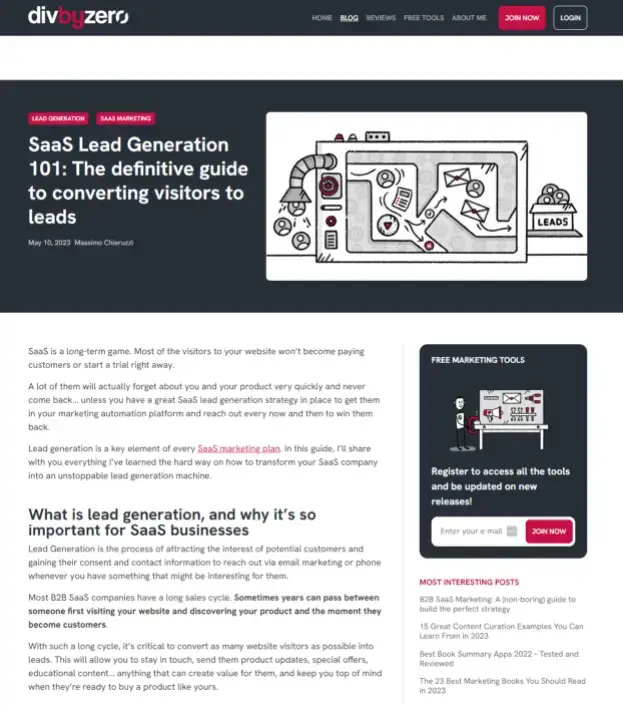
In this case, you’d want to pull relevant insights from the guide that support your campaign goals, tie into your content strategy, and cater to your audience’s pain points.
For instance, you might share relevant stat images from the guide, like this one:
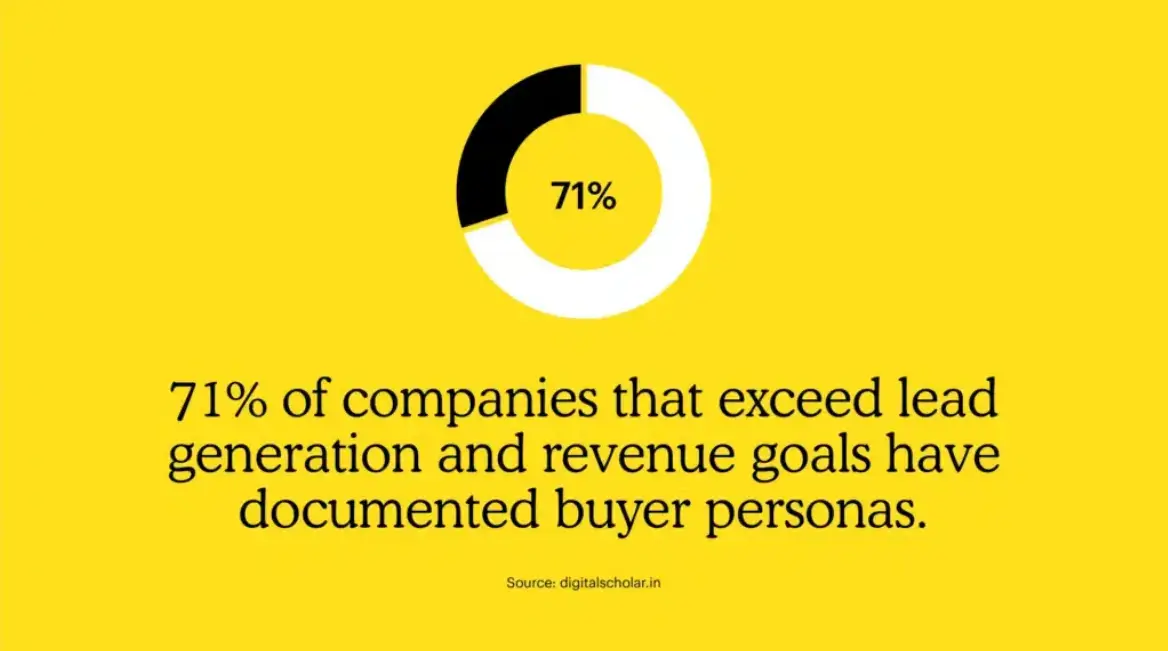
You might also share relevant worksheets and cheat sheets from the guide, like the following one:
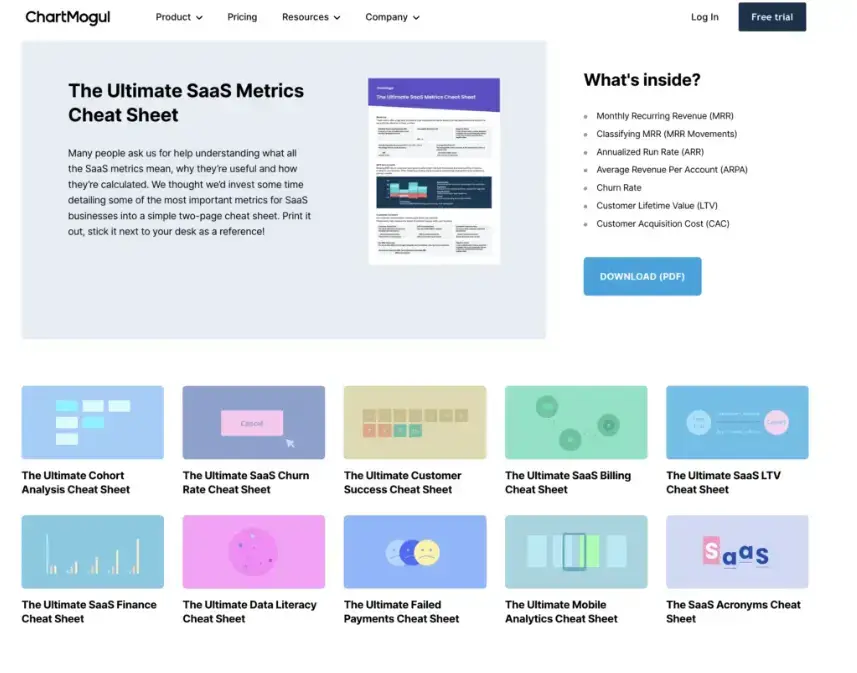
*A simple rule of thumb: Plan on repurposing pillar content across all your digital marketing strategies and channels as part of your blog release/publishing plan.
It can help you streamline your content marketing and campaign planning approach.
15. It’s A/B tested
Conduct A/B tests to uncover which email elements lead to better open rates and click-through rates.
Consider testing your subject lines, layouts, email body, offers, and calls-to-action (CTAs). It is critical to identify the most effective combinations for driving conversions.
16. It’s proofed
Use an AI editing tool like Writer or Grammarly to ensure your email is free of grammatical errors, misspelled words, and unintended plagiarism before sending it.
Wrap Up
And there you have it! Today we reviewed 16 essential tips for creating an email campaign that converts.
Now it’s your turn to take these tips and implement them.
By balancing your business goals and solving your target audience’s core needs, you can get one step closer to creating successful email campaigns.
Here’s to your success!
PS: Want a creative way to collect more leads? With POWR, you can design fully customizable website apps to convert visitors into customers — no coding required! Sign up for free today.
Author Bio: Ioana Wilkinson
Ioana is a Business, Digital Marketing, and SaaS content writer for B2B brands. Born in Transylvania and raised in Texas, Ioana has lived the digital nomad life since 2016.
From Barcelona to Puerto Vallarta to her new abode in windy Oklahoma City, you’ll never know where Ioana will head off next.

